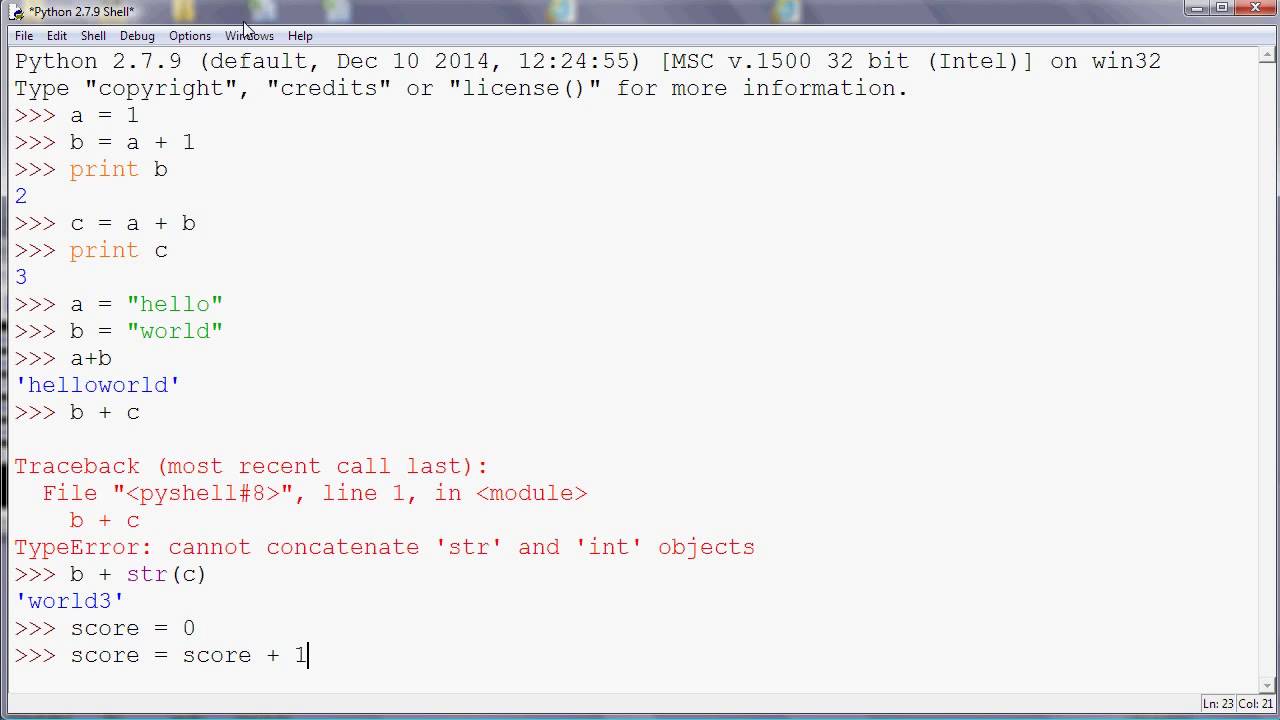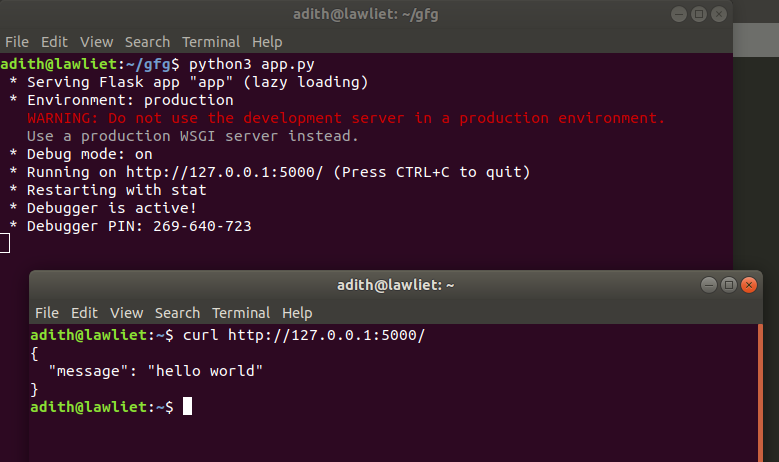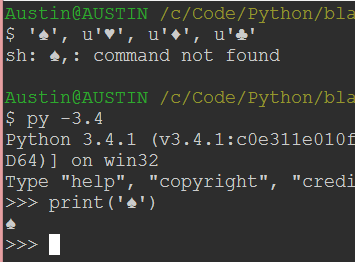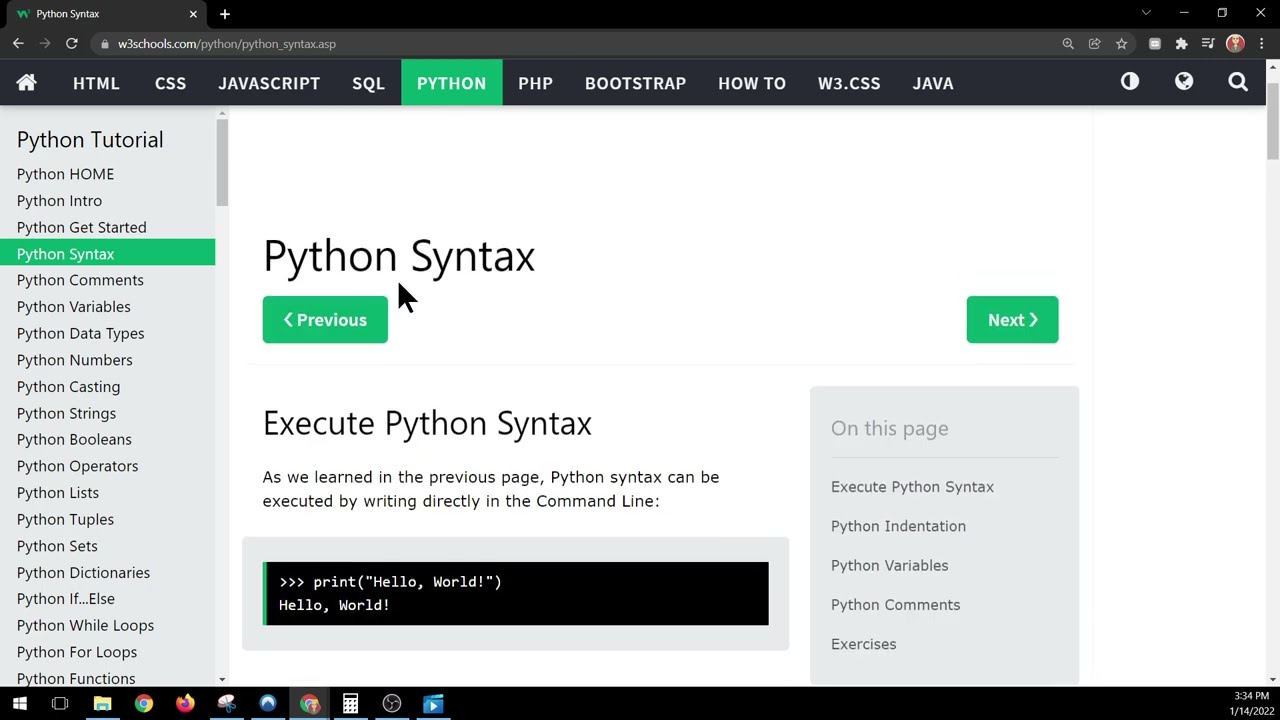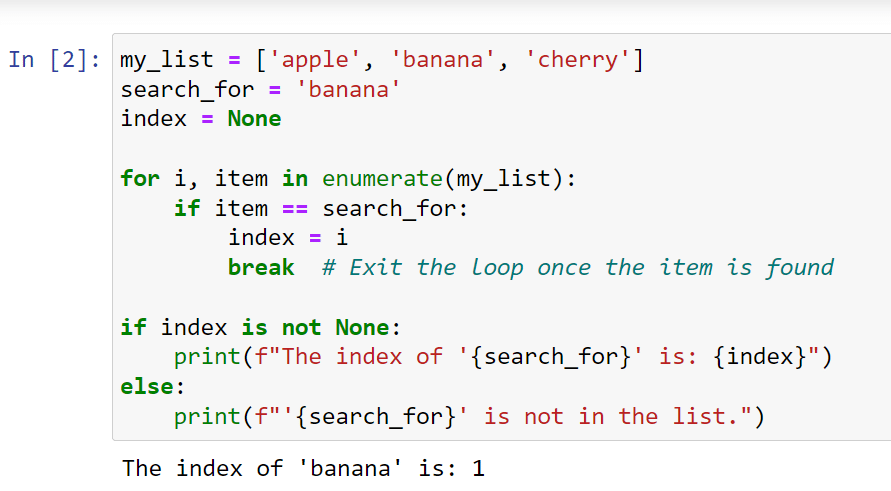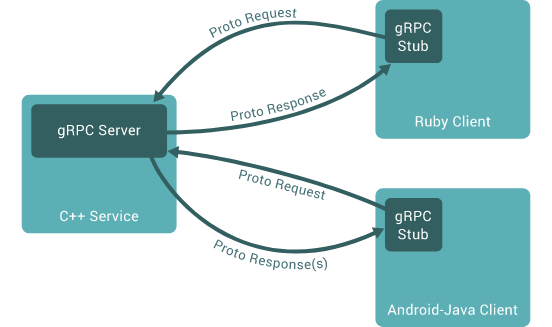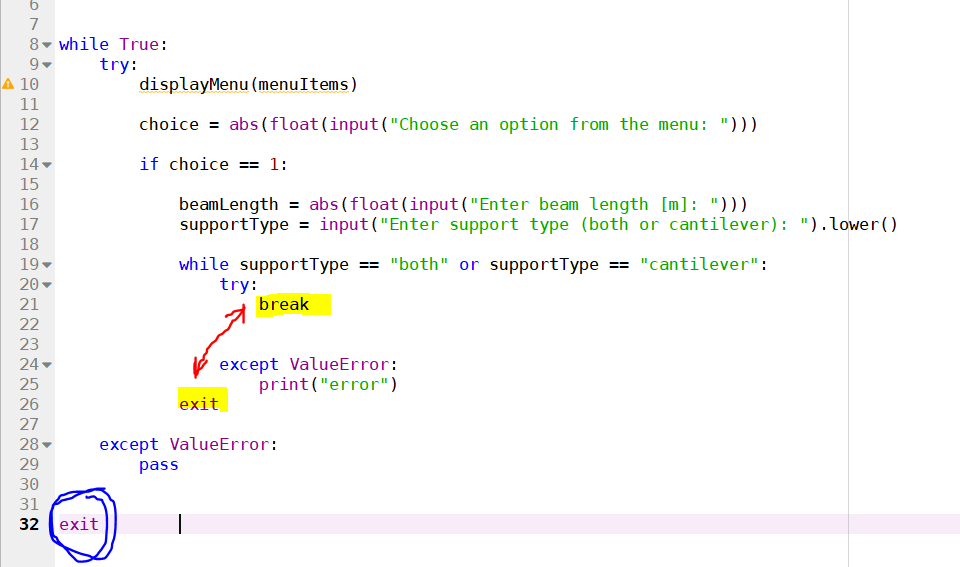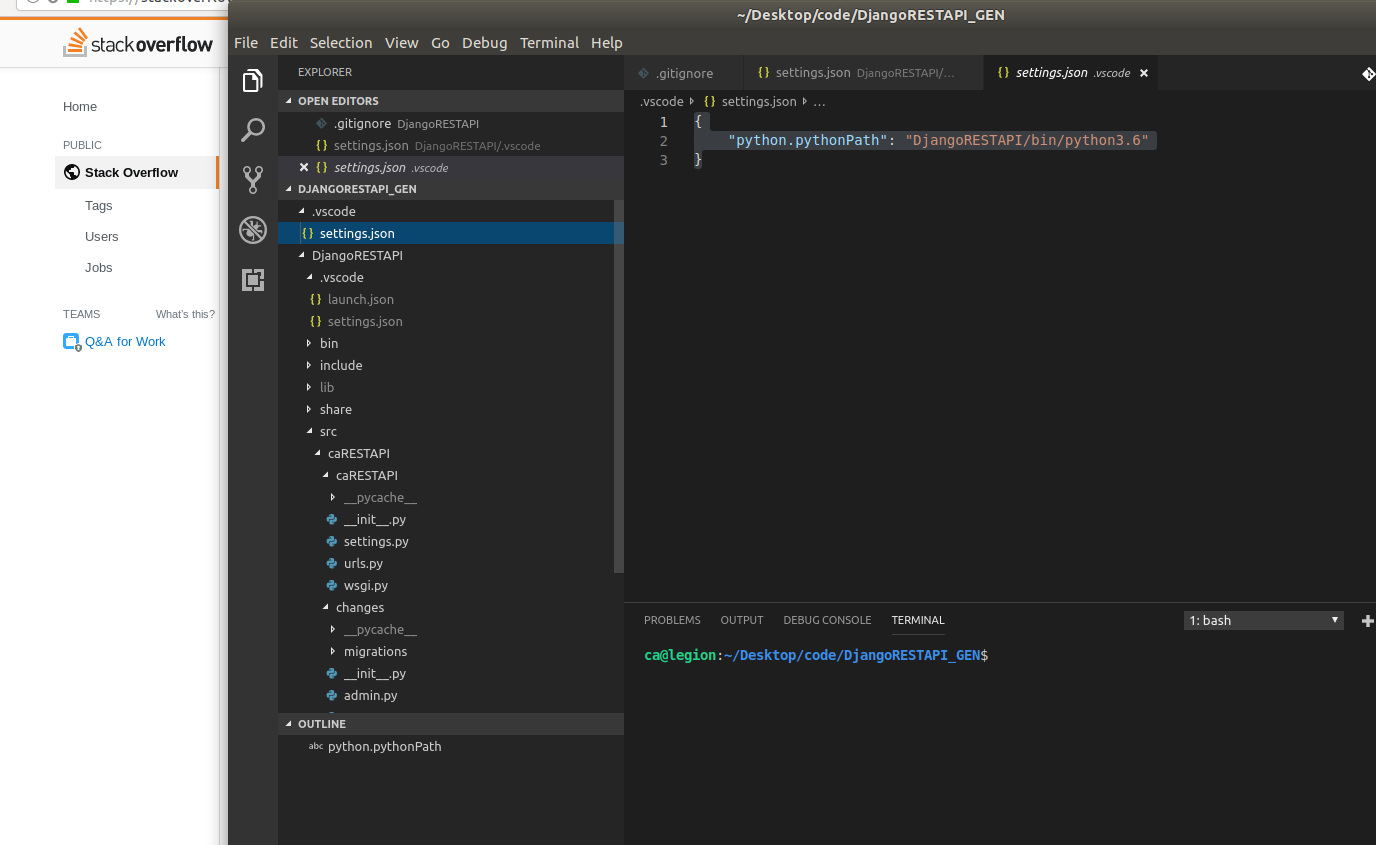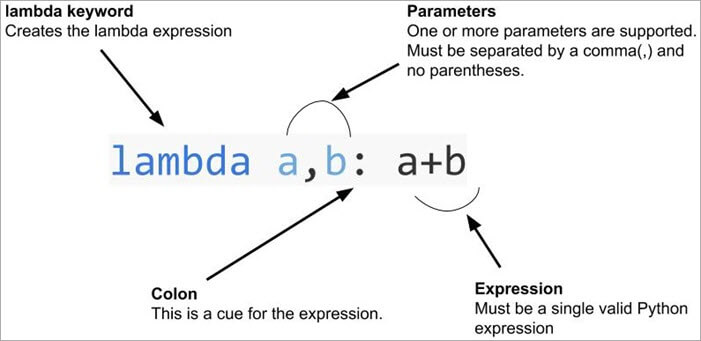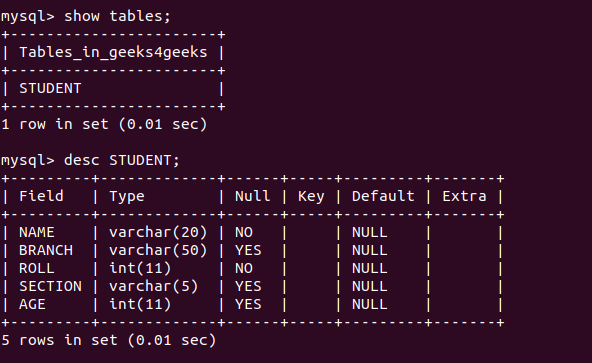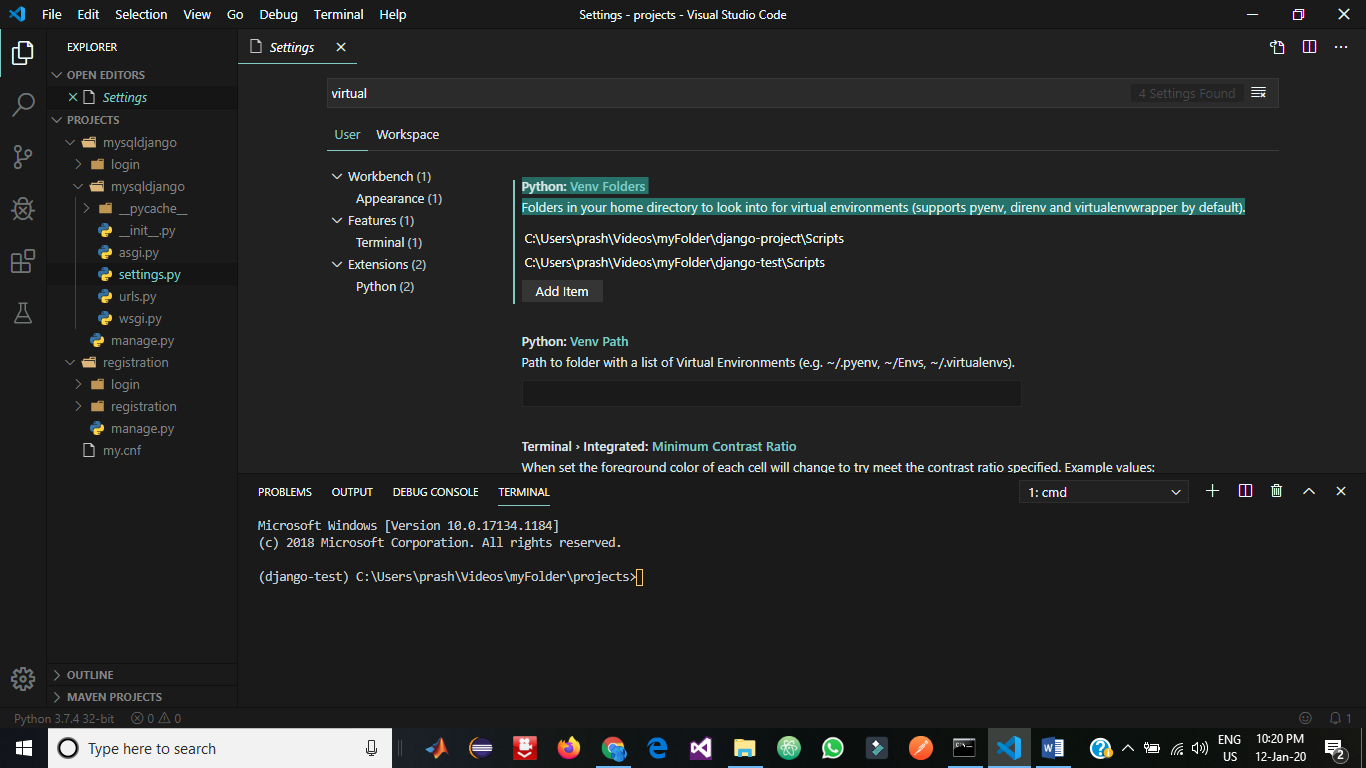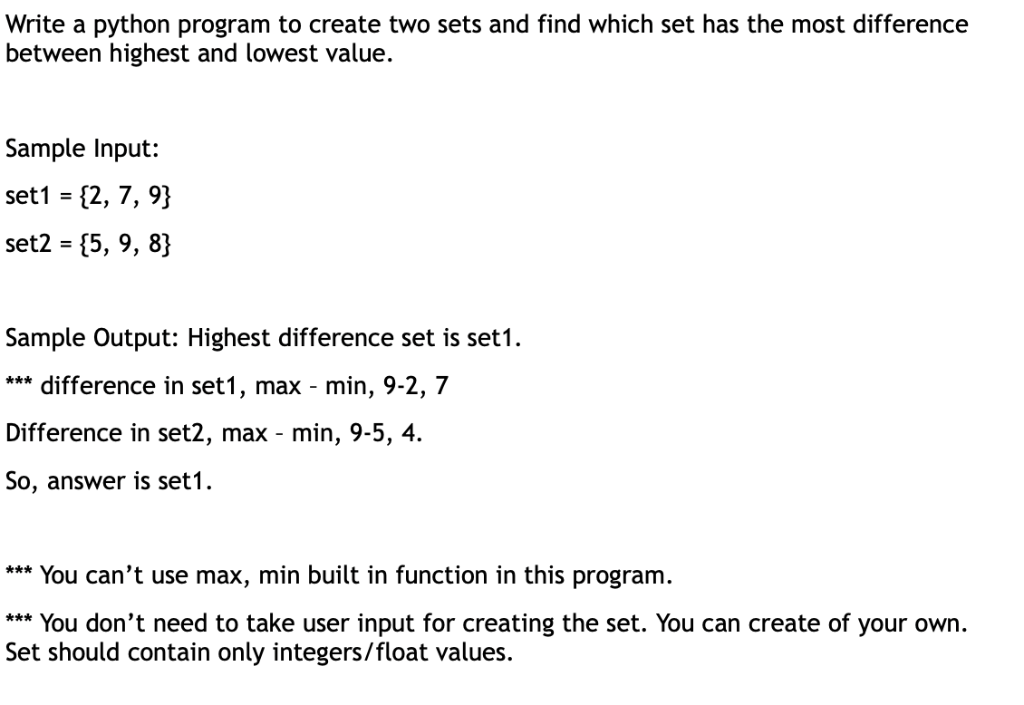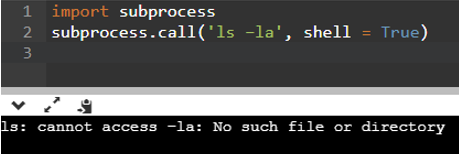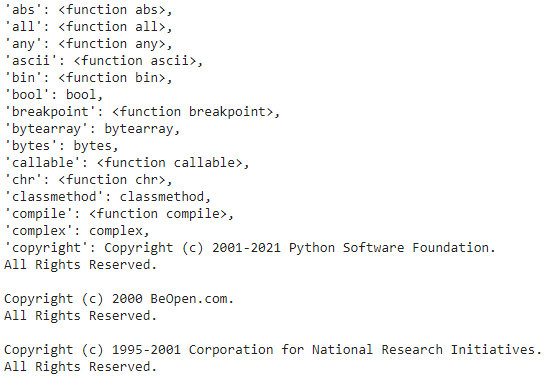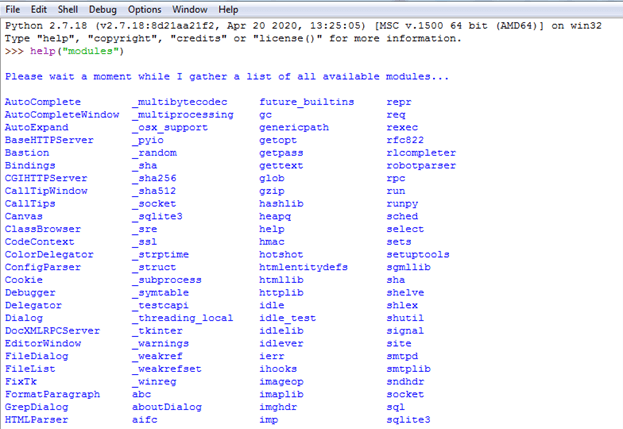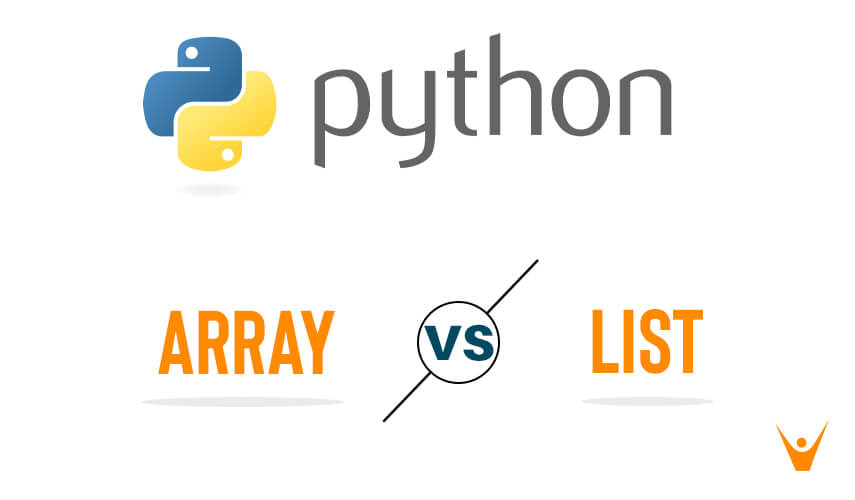Python list vs tuple performance
Python list vs tuple performance
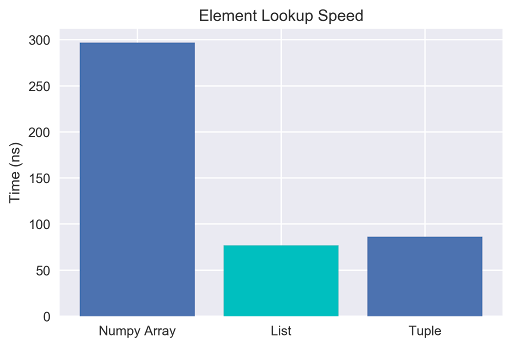
Here's a detailed comparison of the performance differences between Python lists and tuples.
Memory Usage
When it comes to memory usage, both Python lists and tuples are dynamic data structures that can store elements of any type. However, there is a key difference: tuples use less memory than lists because they are immutable. This means that once you create a tuple, its contents cannot be changed, which allows for more efficient memory management.
In contrast, lists are mutable, meaning their contents can be modified after creation. This flexibility comes at the cost of increased memory usage. As a result, tuples typically use 10-20% less memory than equivalent lists.
Performance
The performance difference between Python lists and tuples is most noticeable when working with large datasets or performing operations that involve frequent indexing or slicing.

One key area where tuples shine is in terms of lookup speed. Because tuples are immutable, the interpreter can optimize their internal structure to facilitate faster lookups. This results in a significant boost in performance for tasks like searching, sorting, and grouping data.

On the other hand, lists are slower for lookups because they need to perform additional checks to ensure that the requested index is valid and doesn't result in unexpected behavior.
Operations
When it comes to operations like appending, inserting, or removing elements, Python lists tend to be faster than tuples. This is because lists are designed for mutability and can take advantage of optimized algorithms for these types of operations. Tuples, being immutable, require more overhead to manage their contents when performing similar operations.
Real-World Scenarios
In real-world scenarios, the choice between using a list or tuple often depends on the specific requirements of your application:
If you need to frequently modify data and don't care about memory efficiency, lists are likely a better fit. If you require immutability for your data (e.g., in cryptography or when working with large datasets) and don't mind sacrificing some performance, tuples might be the way to go.Conclusion
In conclusion, while both Python lists and tuples have their strengths and weaknesses, tuples tend to offer better performance and memory efficiency in certain scenarios. However, this should not discourage you from using lists when they are a better fit for your application's needs. By understanding the trade-offs between these two data structures, you can make more informed decisions about how to optimize your Python code.
Would you like me to elaborate on any specific aspect of this comparison or provide some examples in Python?
Python list vs tuple reddit
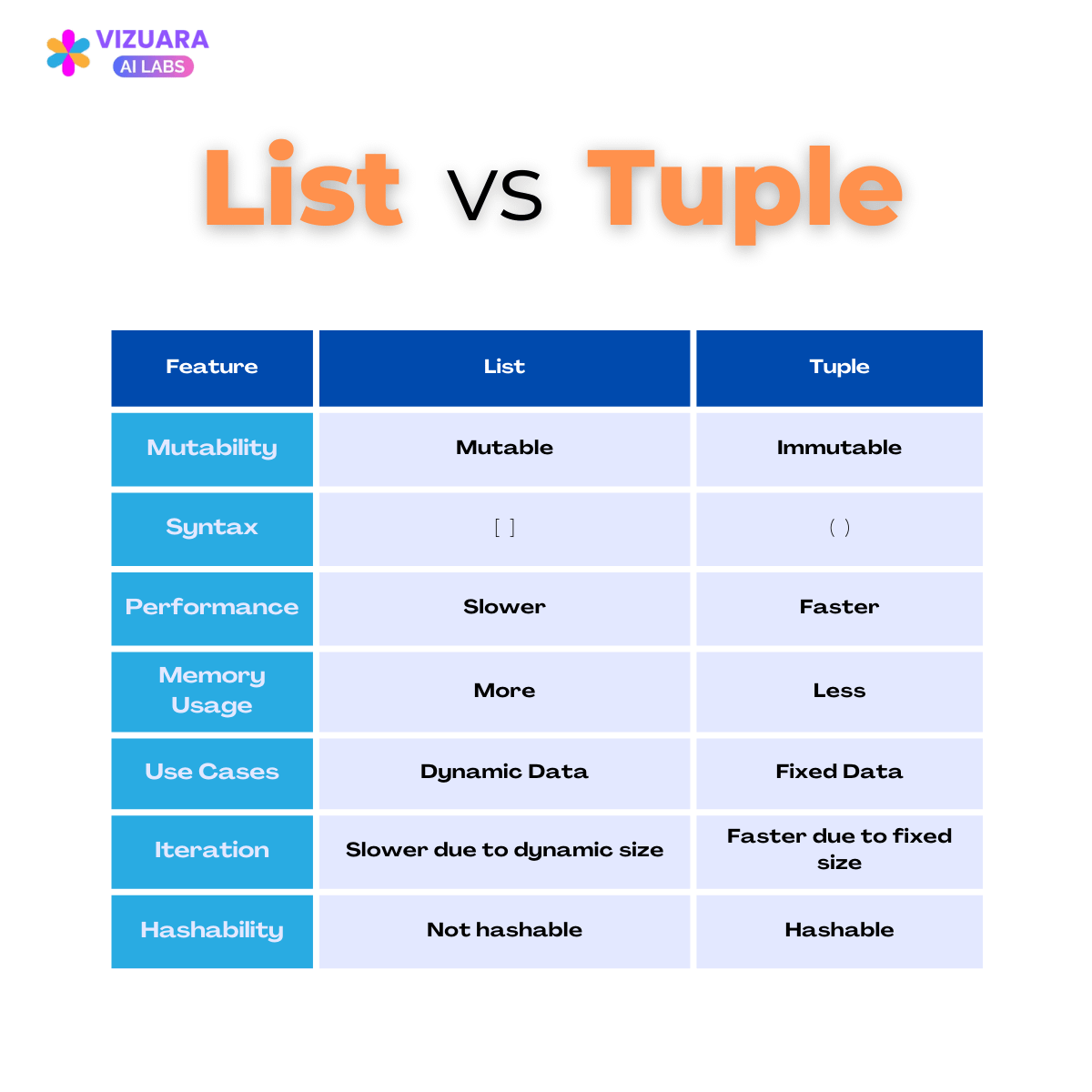
Here's a comprehensive comparison of Python lists and tuples on Reddit:
What are Lists and Tuples?
A fundamental question for any Python programmer! Let's start by understanding what these two data structures are.
In Python, lists (denoted as []) are ordered collections of items. Each item is an object that can be a string, integer, float, or even another list. Lists are dynamic in nature, meaning they can grow or shrink at runtime. You can add, remove, or modify elements using various methods.
On the other hand, tuples (denoted as ()) are ordered collections of items similar to lists. However, tuples are immutable; once a tuple is created, its contents cannot be changed. Tuples are often used when you need to group several values together without allowing changes.
When to use Lists?
Here are some scenarios where you'd want to use lists:
Dynamic data: When the number of items or their type isn't fixed beforehand, a list is a good choice. Frequent insertion/deletion: If you need to add or remove elements frequently, lists' dynamic nature makes them suitable for this purpose. Ordered collection: Lists allow you to maintain an ordered collection of items.When to use Tuples?
Here are some cases where tuples shine:
Immutable data: When you want to ensure the integrity of your data and prevent accidental changes, a tuple is ideal. Constant-size collections: If you know exactly how many elements you'll be working with upfront, a tuple is a better choice. Performance-critical code: Since tuples are immutable, they can provide a performance boost in scenarios where constant-time access to data is essential.Comparison Chart
Here's a summary of key differences between lists and tuples:
| | Lists | Tuples |
| --- | --- | --- |
| Immutability | No | Yes |
| Dynamic size | Yes | No |
| Ordered collection | Yes | Yes |
| Insertion/deletion | Yes | No |
| Constant-time access | No | Yes |
Conclusion
In conclusion, Python lists and tuples serve distinct purposes. Lists are suitable when you need dynamic data structures with frequent insertion or deletion of elements, while tuples excel in situations where immutability is crucial.
Reddit users often ask questions like:
"What's the difference between a list and a tuple?" "When should I use a list vs. a tuple in Python?" "Are there any performance benefits to using tuples instead of lists?"By understanding the strengths and weaknesses of each data structure, you'll be better equipped to choose the right tool for your Python programming tasks.
References:
Python documentation: Lists Python documentation: Tuples Reddit threads: r/learnpython: "What's the difference between a list and a tuple?" r/AskScience: "Why use tuples instead of lists in Python?"